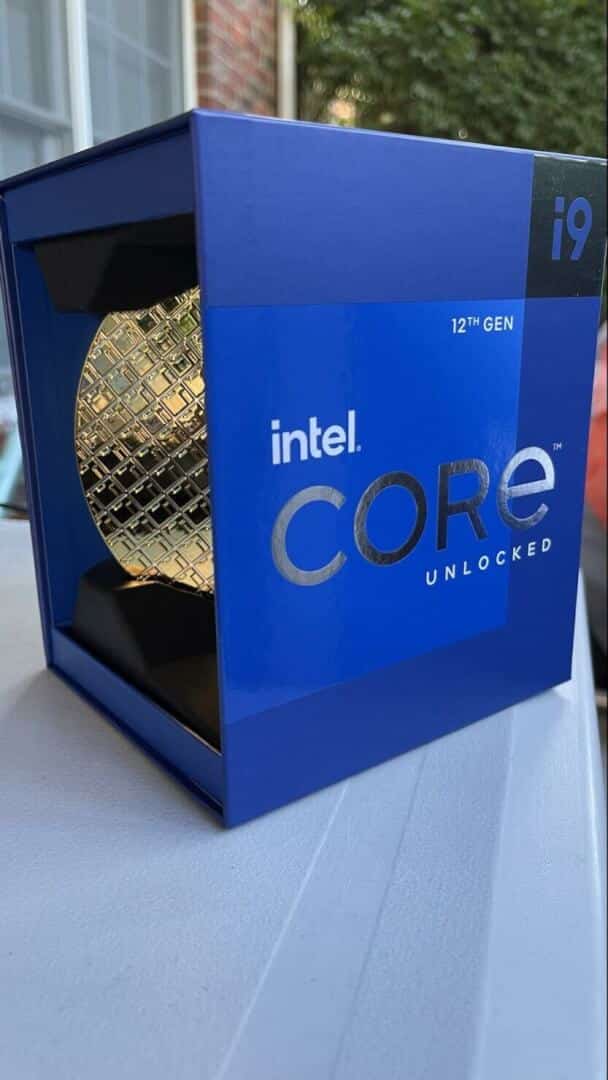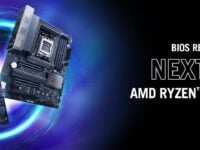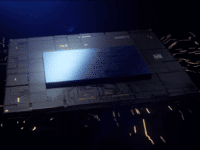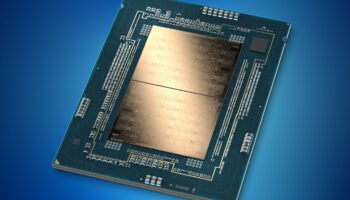The first consumer processors supporting DDR5 memory are finally out in the market in the form of Intel’s 12th Gen Alder Lake-S lineup. Most of us, though, won’t be able to buy a DDR5 kit anytime soon, at least nowhere close to the MSRP. Like GPUs, the next-gen memory standard is in very limited supply, with industry sources expecting the situation to change no sooner than H2 2022. Luckily, the 12th Gen CPUs support both DDR4 and DDR5 memory (on different motherboards), with Raptor Lake expected to follow the same trend.
In any case, many users (especially gamers and enthusiasts) will be curious to know if the jump to DDR5 provides any tangible performance advantage compared to existing higher-end DDR4-3200/3600 solutions. Well, if you are one of these folks, then you’ll be happy to know that (at least in gaming workloads) Alder Lake performs pretty much the same with DDR4 and DDR5 memory. We’re looking at a performance delta of a couple of frames per second. Even the fastest DDR5-6000 modules are just 3 FPS or 2.5% faster than standard DDR4-3200 memory kits.
Therefore, if you’re planning on building an Alder Lake system, but have been holding back due to the lack of DDR5 modules on the market, you can safely splurge for a DDR4 alternative and enjoy your shiny new computer. In bandwidth sensitive memory workloads, such as a few content creation applications, there might be a notable delta between the two configurations, but gaming and most other workloads won’t see much of a gain.






